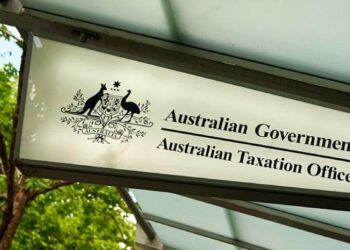In April this year, the Productivity Commission’s draft report on assessing the efficiency and competitiveness of the superannuation sector flagged some concerns about the performance of SMSFs in comparison to APRA regulated super funds.
It also floated the idea of introducing a $1 million minimum for SMSFs on the basis that SMSFs below this amount were not competitive against public offer funds, which has copped considerable backlash from the SMSF industry.
In a submission to the Productivity Commission report in July, Class pointed out that the SMSF performance was understated in the PC report because of the differences in the way APRA and the ATO report fund performance.
Class has performed longitudinal analysis of SMSF performance across five years, which shows that while funds with smaller balances do generate lower returns, there is considerably less variance than what was shown in the commissioner’s draft report.
The Class data shows that, on a like to like comparison of funds using the rate of return formula, SMSFs on average achieved a return of 6.71 per cent while APRA funds achieved a return of 5.58 per cent.
It also showed that if the returns for lower balance SMSFs below $50,000 are calculated using the APRA rate of return method, then the average return is actually around 8.7 per cent over a five-year basis, versus the ATO calculation method, which would instead show a negative return.
In its latest benchmark report, Class said the ATO should consider performing long-term fund analysis to provide a more accurate picture of how SMSFs of different balance sizes perform.
“The competing approaches used to report super performance deliver significant differences and given the dual regulators are responsible for an industry worth over $2.5 trillion, it’s time for APRA and the ATO to agree on a consistent approach to fund performance reporting,” said Class chief executive Kevin Bungard.



We are having the Royal Commission into Banking etc. The Reserve Bank cash rate is 1.5%, but banks only give say 0.1% to maybe 0.8% on cash balances held in the Banks. Every now and then banks may give a bonus interest for say three months at plus 1.25% to their published rates. The ATO gets involved to “stir the pot” to hide the ATO inefficient approaches. The ATO uses the “huge hammer to squash the small ant” approach instead of going after the “big boys”!!!!
Is the ATO trying to misslead